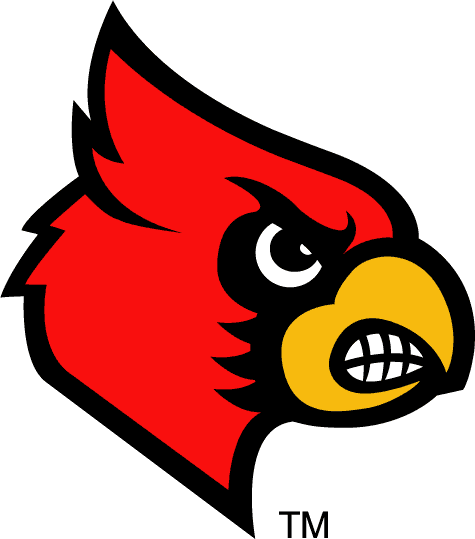Alex Rodriguez: ten years, $275M with the Yankees. Albert Pujols: ten years, $240M with the Angels. Joey Votto: ten years, $225M with the Reds. Do you remember seeing these headlines? When did baseball get so out of hand with the contracts that are being signed by the elite players? Let’s take a look back at two of the pioneers who pushed free agency to these record setting numbers.
In 1969 the Cardinals traded Curt Flood to the Philadelphia Phillies. Flood refused to play in Philadelphia and was determined not to be traded without his consent. Arthur Goldberg, a former Associate Justice of the Supreme Court, was Flood’s agent and they decided to wage a legal battle that shook the baseball world. Flood initially lost in Federal District Court when the judge wanted the players and the club owners to negotiate the issue. After six years of maneuvering Flood won the war when the other baseball players successfully sued and broke the strangle hold of the owners’ century old system of a player being bound to his team year after year. As a result of this landmark result salaries in all sports exponentially increased, teams sought salary caps to contain their payrolls, and large cities were required to pay small cities millions in compensation.
In December of 1974 the owner of the Oakland A’s Charlie Finley failed to pay an insurance premium for his ace pitcher Catfish Hunter. This premium was a stipulation in Hunter’s contract. As a result, Hunter called his agent and asked him if this meant that he was a free agent. Hunter declared himself a free agent even after Finley promised to pay the premium. On advice from his agent, he decided to test the free agency waters and was contacted by 20 out of the 24 teams. The Yankees signed Hunter on December 31, 1974 for $3.75M over five years. He became the highest paid professional baseball player at the time making three times as much as the next highest player at the time. As a footnote, George Steinbrenner was not involved in the deal because he was serving a two year suspension for making illegal political contributions.
So how do teams afford these insane salaries that are being inked at a feverish pace? Teams earn revenue from three sources: TV, licensed goods, and ticket sales/stadium revenue. In a nutshell, you the fan get the cost passed on to you. This clearly shows why everything is so expensive at the ballpark. When they started accepting credit cards at the food windows that is when I knew it was way out of control. The average family of four could spend $500 easily in one afternoon with souvenirs.
Two events helped shape our current madness in professional baseball. Curt Flood made $90,000 when he played for the Cardinals. Catfish Hunter finished knocking down the door with his large contract. Future contracts do not seem to be going lower anytime soon. Will baseball bankrupt itself from the largess imposed by out of control contracts? Time will tell.
So the next time you go to the ballpark and eat your $5 hotdog, drink your $10 beer, pay $50 to sit in the nosebleed seats, and pay $20 to park your car, rest assured that you are contributing to the madness and are helping the owners pay for contracts that the common man can hardly comprehend. Baseball is America’s Past Time but the game we played as kids has morphed into a billion dollar behemoth that is getting fatter. When will the madness end?
Add The Sports Daily to your Google News Feed!
